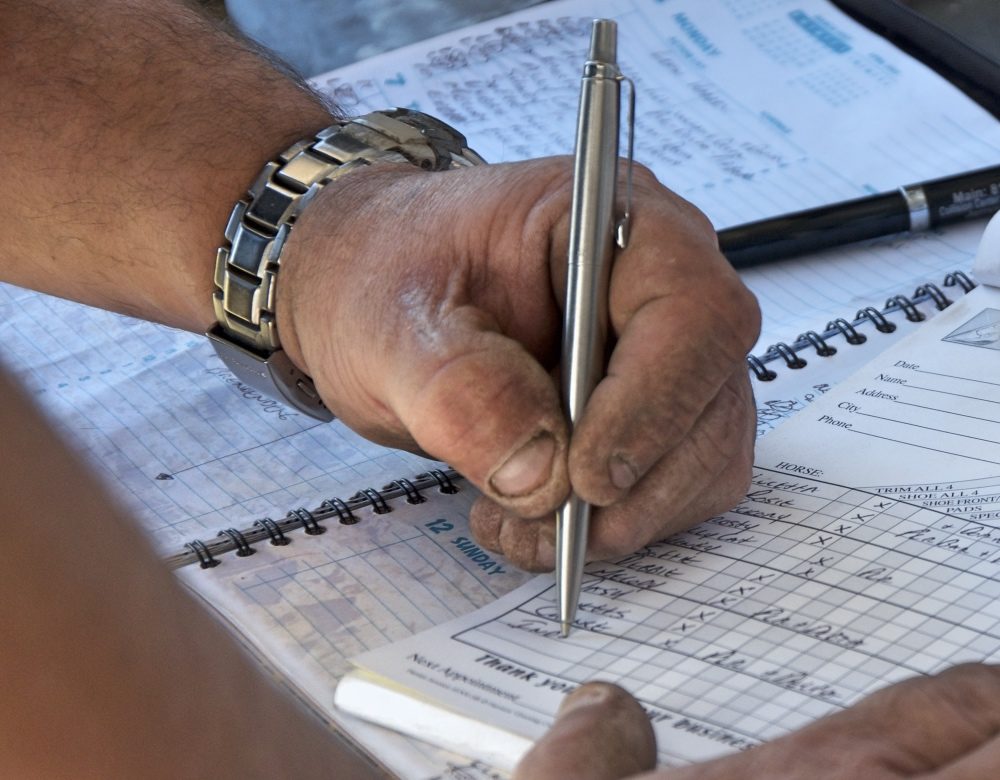It’s important to remember that farriery is a business, so you need to be business-minded. I see a lot of farriers who are reluctant to raise their prices.
When you break down your finances from horse to horse and figure out what your profit is per horse, it allows farriers and their families to keep up with the economy, inflation, insurance, and supplies their kids with lunch money, etc. There are little things that eat away at that profit, though. The cost of nails goes up a little bit and they will eat that little bit of increase in their cost. They don’t think of the big picture. They think, well, if I raise my prices on this account, I’m going to lose my client. They’re going to get somebody else to do the work.
It should be just the opposite.
Farriers should automatically raise prices every single year, according to your area. It should be standard and your customers should know that. I do it every year. They know that I am raising my prices every April. It used to be every January, but that’s when it seems like all the suppliers start their increases.
You May Also Be Interested In...
How Much Should You Charge Per Horse?
There are a lot of costs for any footcare business. Materials, insurance taxes and so on. But which is the most significant cost? Margie Lee-Gustafson believes it is what you pay yourself. Without paying yourself first, you may not be earning your full potential. The California farrier shares her exercise in determining what to charge per horse. It relies on you understanding and honestly factoring in each cost your business incurs. Read the article »
You can do it any time. It’s just that in my area we’re dealing with a lot of winter shoes. So, we’re resetting shoes pretty much until March because some of them are winter shod, especially the hunters and jumpers that field hunt and fox. Then we start taking them off in April and everybody starts gearing up and building up their supplies and stuff like that.
It’s a tough thing to come up with a plan for your clientele and they’re all a little bit different. But if you don’t think of yourself in that experience, you end up losing. You end up having a sore back, and you’ve got to think that those clients who you have are not going to be at your door when you’re 70 or 80 years old and in your retirement plan. So, you have to figure it out over the long haul. But a good place to start is raise your prices annually.
Gain more insight from International Horseshoeing Hall of Fame member Richard Becker by listening to the American Farriers Journal Podcast in which the Lapeer, Mich., farrier discusses how he got into farriery, client management and how one horse can make you rethink footcare lessons taken as fact. Listen to the episode »









Post a comment
Report Abusive Comment